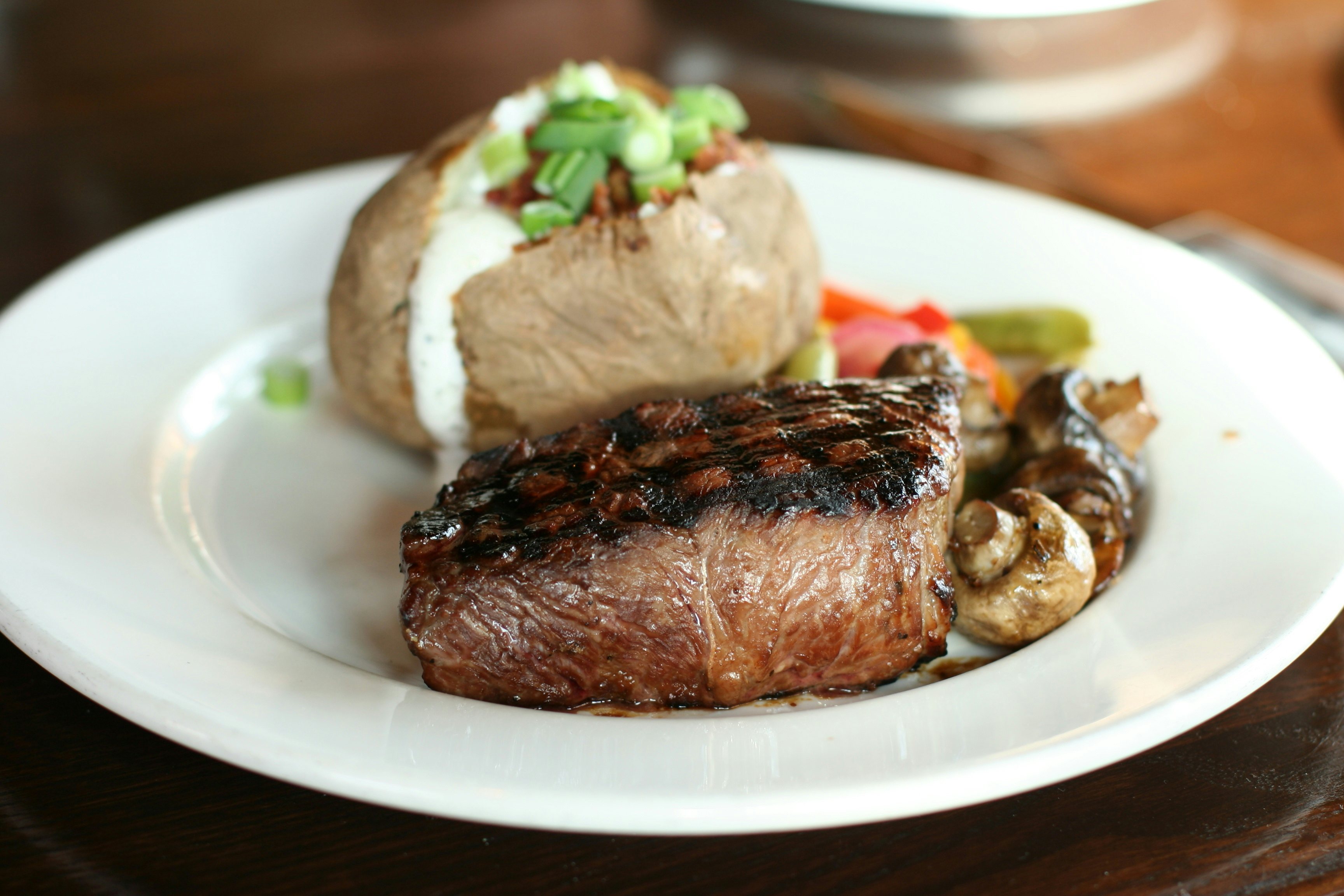Chinese consumers are lapping up Australia's vitamins, baby formula, and fresh produce, with daigou imports becoming more popular. But there is one product from Australia that is feeling the heat: beef. Last year, media reports both in Australia and China were hyping the market in Asia for Australian beef products ahead of the China-Australia Free Trade Agreement which is set to eliminate tariffs on all food imports from Australia within the next nine years. But a recent report by the Australia-China Relations Institute (ACRI) suggests there's more to the story, and that while beef's future in China is “healthy and professional,” “there is nothing exclusive or special about it.”
According to the report, titled The Sino-Australian Cattle and Beef Relationship, “the beef industry does not fit squarely with many generalizations about the role of Australian agriculture in Asia and China such as Australia having a major role to play in supplying either exponentially growing mass markets or small rapidly growing high-value niche markets.” Beef exports from Australia to China dropped by about a third in the first seven months of this year, compared to the same period last year, according to data from Meat and Livestock Australia. That's following a fall in volume by 28 percent from 2014 to 2015. From 2012-2014 there was a more positive period of growth as demand for beef among China's growing middle class and ultra-wealthy grew, especially when beef became a luxurious menu item at lavish banquets.
However, the report suggests that Australia's beef industry's hopes for being China's sole provider may have gotten carried away, quoting a trade source boasting, “The market is so big, so what if Brazil gains access…There’s such demand into those areas that another major beef producer gaining official access to China would have little impact on our [Australian] market prospects.” The report says the exponential growth from 2012 to 2014 isn't sustainable.
The anti-corruption campaign, which kicked off in 2012, put an end to luxury banquets and in doing so, also stemmed one of the more popular ways of consuming beef – hot pot. In turn, this slowed consumption. Compounding the situation, Chinese consumers are also increasingly interested in eating poultry and pork, and the report suggests “there is little evidence they will adopt Western-style levels or styles of consumption.”
Help was supposed to come in the form of the China-Australia Free Trade Agreement, but in the meantime, Brazil and other countries, including Canada, Uruguay, and Argentina, were beginning to export beef to China. Before this, Australia was one of the only countries still exporting beef to China while other countries, particularly Brazil, were banned from doing so because of mad cow disease. However, this ban was lifted and in September of last year, Brazil exports had outpaced that of Australia.
In the luxury sector, higher value trade made up about 5 percent of the total market in 2014, while that year Australian beef made up just 3 percent of total beef consumption in China. But to get anywhere, Australia's may have to put a particular focus on luxury products in China thanks to the increased range of lower cost suppliers available to consumers.
Thus, Australia's case is helped by the increase of Western restaurants in China with premium beef offerings on their menus, such as Brazilian barbecue and Australian steakhouses. The lure of Australian beef is even cropping up outside of restaurant menus, with shopping mall kiosks boasting cuts of Australian beef and cheese to take home.
Australia's beef also continues to be appealing to Chinese consumers concerned about food safety, an outlook especially spreading among the millennial generation. The growth of e-commerce marketing is expected to help this as younger wealthy Chinese have less time to spend searching for good cuts of beef, although this is expected to grow too slowly for any significant short-term change, according to the report.
Ultimately, ACRI suggests that the long-term outlook for Australian's beef relationship with China is generally positive. Luxury marketers are certainly continuing to push hard in China, with Australia’s most expensive Wagyu beef brand Mayura Station co-hosting VIP dinners in China over the summer to raise brand awareness. This trend is expected to continue as Australia's high-end beef companies rely on China for growth.
